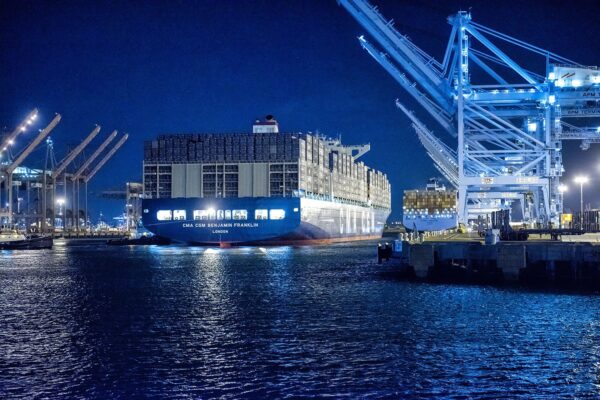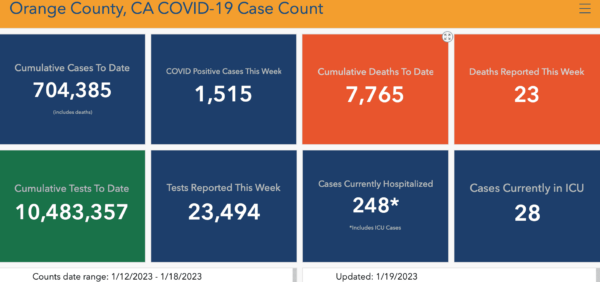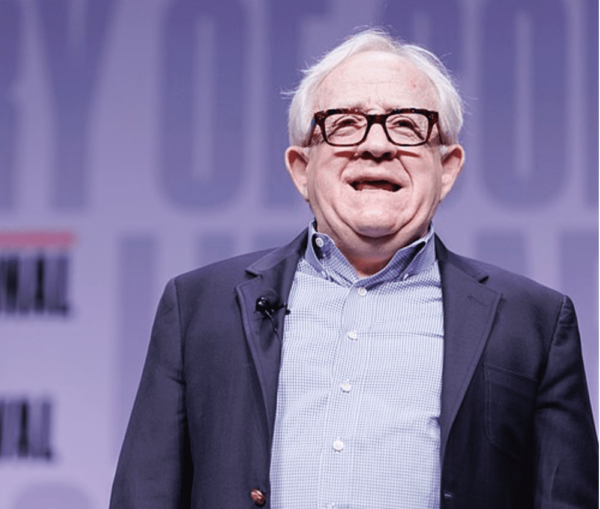The Port of Los Angeles finished 2022 with the second-highest cargo volume in its history, Executive Director Gene Seroka said Thursday at the annual State of the Port address.
The port processed nearly 10 million 20-foot equivalent units last year and finished as the busiest container port in the nation for the 23rd straight year. However, the port saw a 7% decrease in cargo in December 2022 compared to December 2021.
Talks involving employers and the International Longshore and Warehouse Union, which represents at least 20,000 port workers on the West Coast, have been ongoing since their contract expired last summer. That has led to traders turning to ports on the East Coast.
Seroka, speaking to more than 500 attendees at the event hosted by the Pacific Merchant Shipping Association, said the port has “risen to each and every challenge” over the past few years and has become stronger and more resilient.
He outlined goals for the port in 2023, which will see a focus on jobs, qualify of life and sustainability.
“The capabilities that we developed during that time have positioned us well to grow our market share, fulfill our commitment to create jobs and build a better quality of life for our communities,” Seroka said.
Seroka announced plans to join a statewide coalition in applying for a $1.4 billion federal grant to help build a green hydrogen hub at the port complex. Other plans to address sustainability include working on “green shipping corridors” with Shanghai and Singapore ports and deploying more clean trucks.
Also in 2023, the Port of Los Angeles will roll out its workforce initiative, which Seroka said will “serve as a road map to fill the training and recruiting needs that exist today, as well as guide us as we navigate the needs of the future, including training to work in a zero-emission technology environment.”
The port plans to continue work on several major projects funded through its Public Access Investment Plan, which has provided nearly $234 million toward public infrastructure since 2015.







